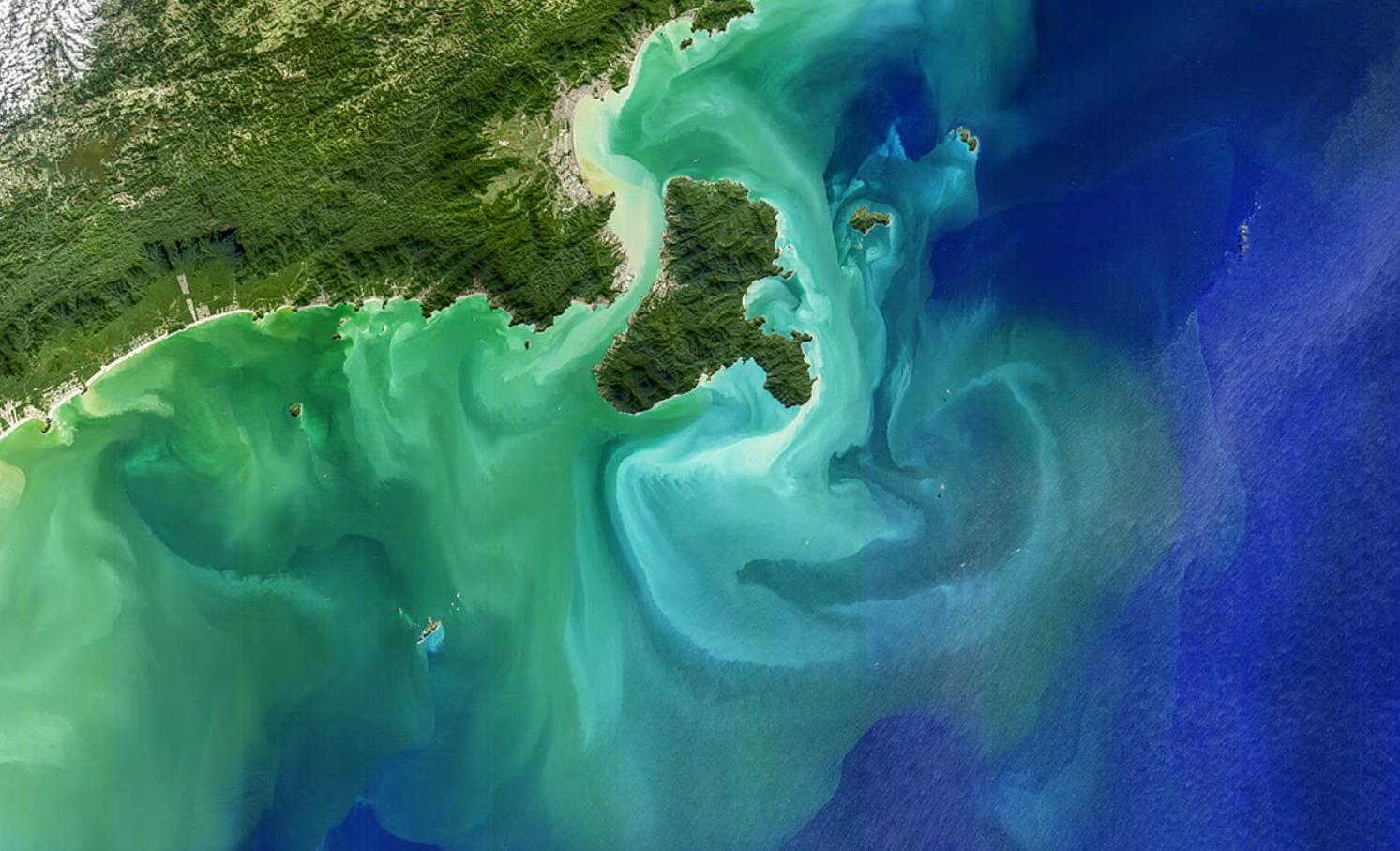
Beijing, China (Enmaeya News) — In 2023, marine heatwaves engulfed 96% of the world’s oceans, setting unprecedented records for intensity, geographic extent and duration, according to an international study. Scientists warn these persistent spikes in sea surface temperature may herald a “new normal” with profound implications for Earth’s climate and ecosystems.
Researchers from China, the U.S. and Thailand traced the extreme warming to a convergence of factors: reduced cloud cover that allows more solar radiation to penetrate the water, weaker winds that limit cooling via evaporation, and shifts in ocean currents.
“We know that marine heatwaves have become increasingly common and more intense over time because of global warming. We also know that the El Niño that kicked off in 2023 allowed more heat to enter the ocean,” said Alex Sen Gupta, a climate research scientist at the University of New South Wales. “But these factors alone can’t explain the incredible scale of the jump that began in 2023.”
Oceans absorb and slowly release vast amounts of heat, helping to regulate global temperatures. When they shift into a hotter state, the effects ripple through weather systems, complicating forecasts for hurricanes, droughts and storms.
The study warns that permanent warming could trigger mass die-offs or migrations of marine species and heighten the risk of coral-reef collapse—a development that would further diminish the ocean’s ability to sequester carbon.
On land, warmer seas intensify heatwaves, wildfires and extreme storms. The deadly Mediterranean storm Daniel, which claimed nearly 6,000 lives in 2023, was made both 50 percent more likely and 50 percent more intense by unusually high sea surface temperatures in the region.
While some experts caution the shift may yet prove transient, there is broad agreement on the need for enhanced monitoring and research. “While we urgently need to reduce our GHG emissions, it is critical that we also continue to measure, monitor and model what our future Earth is going to be like,” said Jaci Brown, climate lead at Australia’s CSIRO. “If we don’t, we can’t prepare, and we are walking into the unknown with dire consequences for our future food, health and security.”



